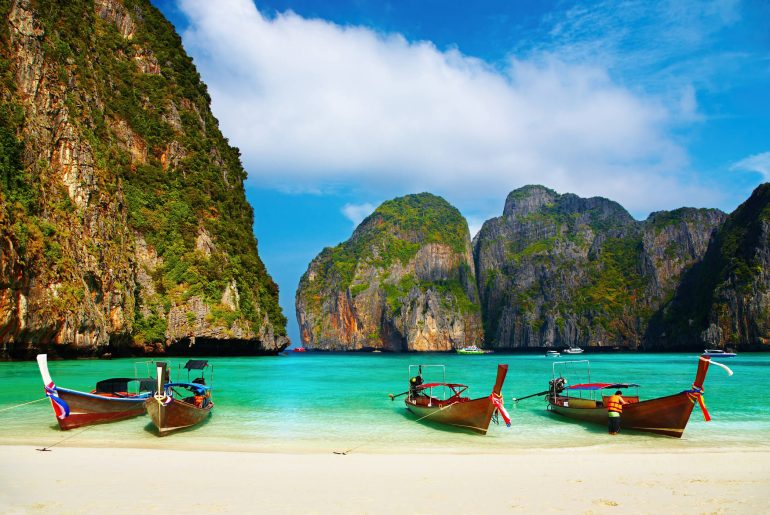While most people consider the beach a place to swim, sunbathe, or surf, there is so much more to these special places. The ocean shore is home to a variety of plants and animals that can only be found in this unique environment. Let’s take a closer look at some of the things you might find at the beach.
There’s something about the ocean that is so calming and therapeutic. It’s probably the sound of the waves crashing against the shore or the smell of salt in the air. No matter what it is, there’s just something special about beaches that draws people to them. Not only are they a great place to relax and enjoy nature, but they’re also important for our environment and economy.
Things You Can Find at the Beach and Their Importance to the Environment
One of the most important things you can find at a beach is sand. Sand is actually a type of rock, and it’s made up of tiny pieces of quartz. It’s found all over the world, but it’s especially abundant at beaches because that’s where wave action tends to deposit it. Sand is important for many reasons. First, it helps to protect our coastlines from erosion. Second, it provides a home for many animals, such as crabs and other invertebrates. Finally, it’s also an important part of the ecosystem because it helps to filter pollutants out of the water.
Beaches are also home to many different types of plants. Seagrasses are one type of plant that you can find in the shallows near beaches. These plants are important because they provide food and shelter for many animals, including fish, crabs, and turtles. Another type of plant that you might find at the beach is seaweed. Seaweeds are actually algae, and they come in a variety of colors, including green, brown, and red. Seaweeds are an important part of the ecosystem because they provide food and shelter for many animals, including fish, crabs, and turtles.
Sea oats are a type of grass that is often found growing on dunes. Beach vitex is a flowering plant that is common in the southeastern United States. And mangroves are trees that grow in saltwater marshes.
The most common things found on beaches are shells. You can find all sorts of shells washed up on the shore, from tiny pea-sized shells to large conch shells. Other common items include sand dollars, sea urchins, and starfish.
If you’ve ever been to the beach, you’ve probably seen birds like gulls and sandpipers running along the shoreline. You might not know that there are more than 200 types of shorebirds! These birds use the beach as a place to rest and eat during their long migrations. Some shorebirds even spend the entire winter on beaches!
Beaches are also home to a variety of invertebrates. Invertebrates are animals without backbones, and they make up the vast majority of animal species on Earth. Many invertebrates, like crabs and clams, can be found between high and low tide marks in the intertidal zone. These animals are adapted to deal with the changing tides and provide an important food source for other animals like fish and birds.
So next time you’re at the beach, take a closer look at all the different plants and animals that call this place home. You might just be surprised by what you find! And don’t forget to appreciate the importance of beaches – they play a vital role in our planet’s ecosystem.
Human Impact and Conservation
Unfortunately, human activities can often have detrimental effects on beach ecosystems. Pollution, habitat disruption, and climate change are major threats to these environments. Litter left behind by beach-goers can harm wildlife, and development along coastlines can disrupt habitats and lead to erosion.
However, there are many initiatives in place to help preserve and protect these valuable ecosystems. Beach clean-ups, habitat restoration projects, and the establishment of protected marine areas are all efforts aimed at conserving beach environments. As individuals, we can also play a part in this conservation by respecting wildlife, picking up after ourselves, and advocating for policies that protect our coasts.
Remember, every time you visit the beach, you’re stepping into a rich, diverse ecosystem. Appreciating and respecting this environment can help preserve these beautiful locations for future generations to enjoy.




